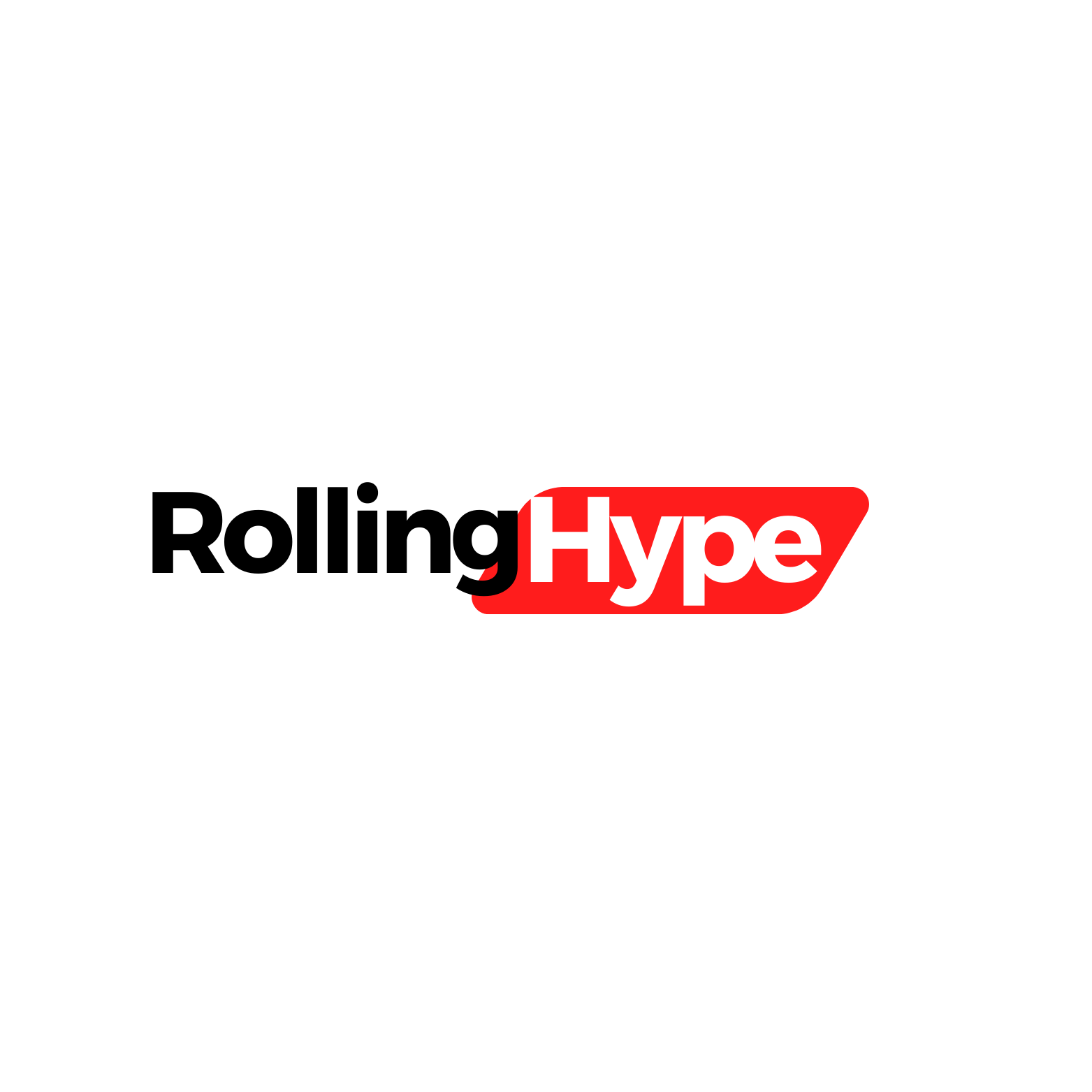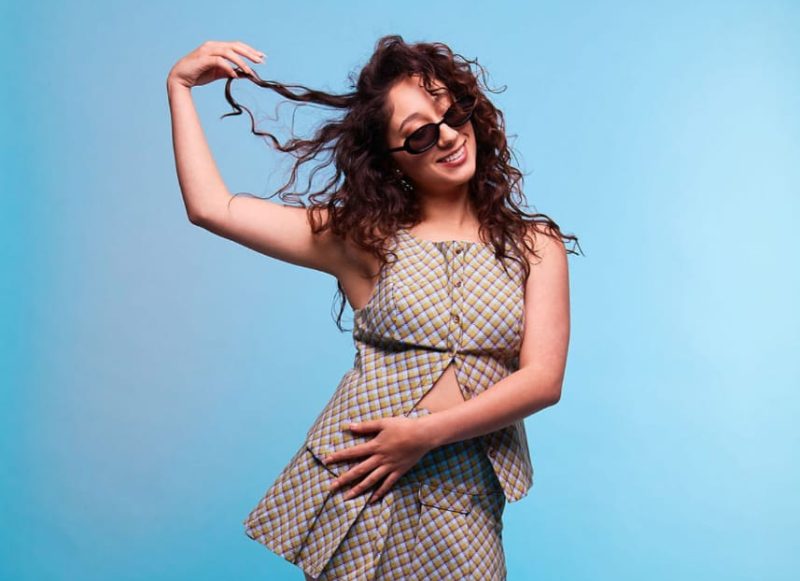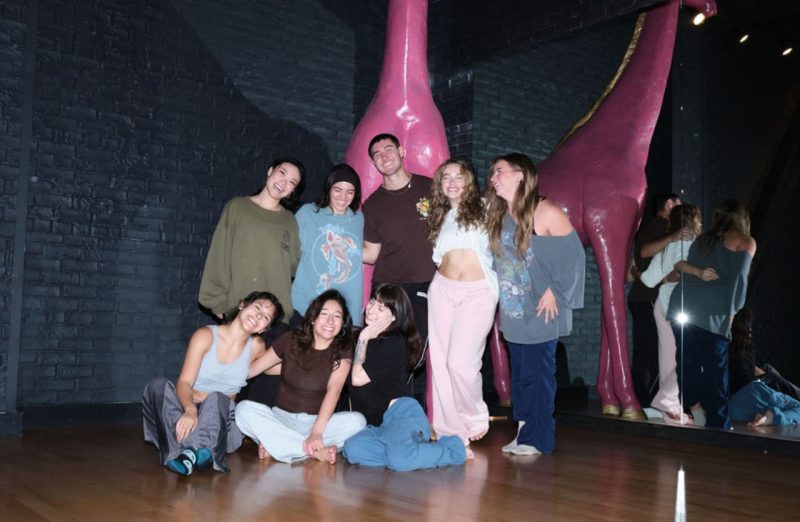Introduction: In this exclusive Q&A for Rolling Hype, Palestinian artist and activist Gemma Asfour opens up about using her platform to amplify the voices of her community, the emotional connection between her heritage and movement, and the powerful impact of the “Dance for Palestine” fundraiser. Asfour, who has long felt the struggle of separating her art from activism, shares her journey of finding emotional liberation through dance and her dedication to fighting for humanity through her creative expression.
1. For someone interested in both dance and storytelling, what other forms of creative expression have you explored or want to explore?
Other forms of creative expression I have explored are activism, which has always been a big part of my life. I love creating music and drumming. Lastly, I love photography, and I want to keep exploring it!
2. How do you approach teaching or inspiring new dancers when you have such a personal and deep connection to your own journey?
I did this with my class for Palestine, which I talk about later in this article, but I bring up the intention behind your dance. Unless I have a particular story for pieces like my concept videos, I leave it up to their interpretation to feel the song/choreography and express how that feels. I feel that freedom can be very inspiring because it makes the art your own, even though I gave you the choreography to do.
3. What’s a piece of advice you wish you’d been given when you were starting out in dance that you now share with others?
Your art can be anything you want it to be. It can be as weird, out-of-the-box, mind-boggling as you would like. The industry makes it seem like there is a right or wrong sometimes, and with competitiveness, you might not think that your creative work is important. I still remind myself that my visions might not align with what people consider “cool,” but that doesn’t mean I shouldn’t pursue them and make my mark.
4. How did you become involved with the Dance for Palestine fundraiser, and why is this cause meaningful to you?
My dear friend Cheyenne Amber held a fundraiser for Palestine in January, this is when I met her. Walking into a room with 180 other artists who were there to dance solely for Palestine was the first time I ever felt so seen and heard in a space. Cheyenne and I have been closer ever since, and she was in my second concept video about Palestinian resistance, “Hind’s Hall” by Macklemore. She created “Dance for Liberation,” and co-organized with Andrew Irwin and I so she could keep holding fundraisers not only for Palestine but also for Hawaii, Sudan, Congo, and displaced families in Africa. We are now planning more fundraisers for Lebanon, etc. Really any place people are being silenced, oppressed, and displaced we want to bring awareness to.
5. What can attendees expect from your class at the Dance for Palestine fundraiser? Will your activism influence the style or message of your piece?
I made my class just like a regular class you can take any day. I implemented knowledge and reminders of why we all were there, though. Yes, I wanted the class to be fun and for them to invest themselves in the combination. But I also ensured we remembered and aligned our intentions of the class with energy and focus for Palestine, Lebanon, and Syria. We are here to speak out with our movement and educate ourselves about history.
My activism always influences the message of my pieces, and it is what helped me pick the song. Even though the song has an entirely different meaning than what I used it for, I used the chaotic musicality of the piece to make big movement that felt like a form of speaking and fighting for what is right.
6. How do you think dance as an art form can bring awareness to important causes like the Palestine fundraiser and contribute to positive change?
Dance is a form of resistance, speaking out and portraying many emotions through movement. Palestine has needed all of us to resist for so long, so seeing how many people showed up to Dance for Palestine at the fundraiser was so beautiful because we were all there to fight for humanity and show Palestinians that we hear & see them. As a Palestinian artist, I have felt separated for the longest time from mixing it with my art because people simply didn’t care. So that was another aspect for me specifically that made me so emotional. Being able to share who I am ethnically has allowed me emotional freedom in movement I haven’t had before.
7. Please share with us your social media links and website.
You can find everything about me with this link: https://instabio.cc/3053016IFDIVE



